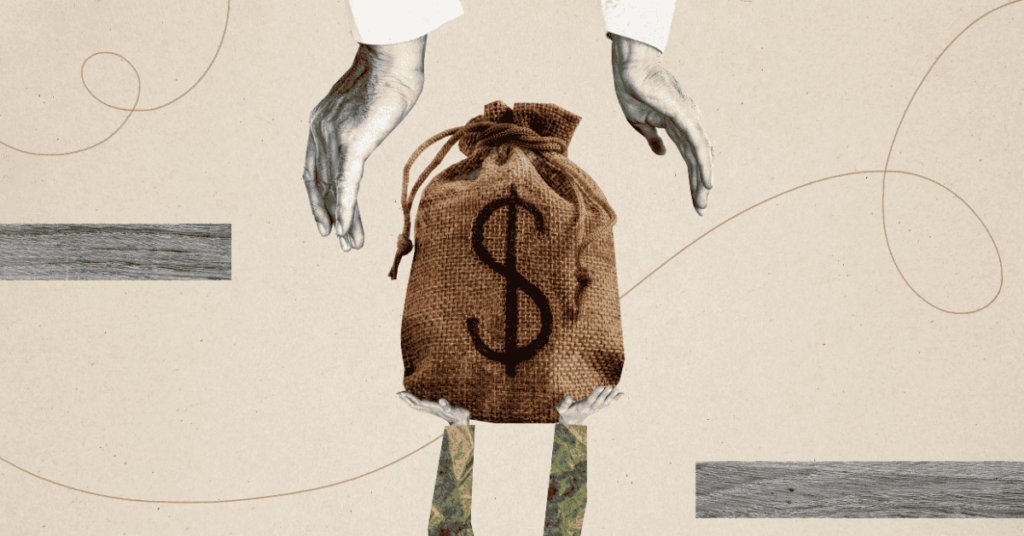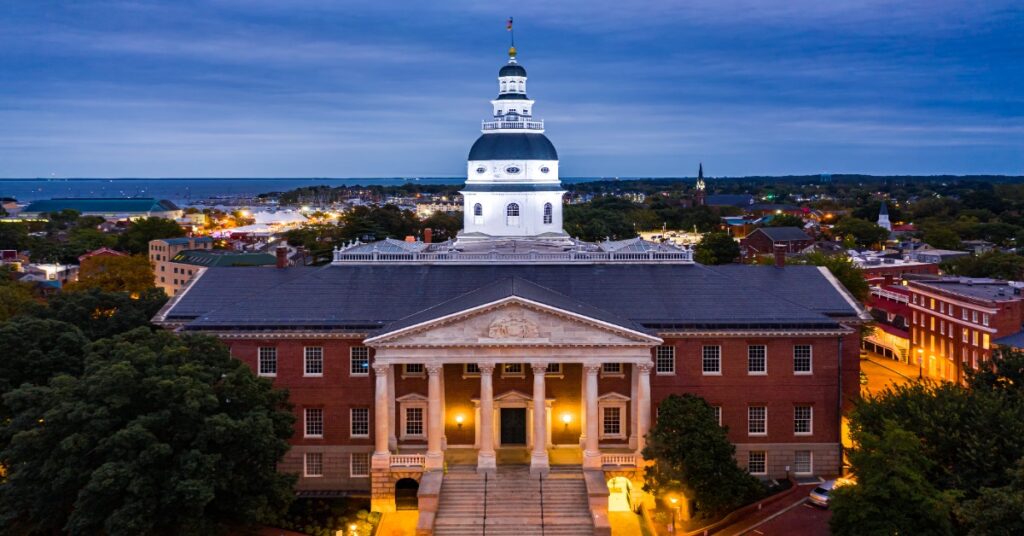By MICHAEL COOPER
Published: July 10, 2012
OCEAN CITY, Md. — As state governments begin to emerge from the long downturn, many are grappling with a difficult choice: should they restore some of the services and jobs they were forced to cut after the recession or cut taxes in the hopes of bolstering their local economies?
The debate over the proper balance between taxing and spending has been raging in Congress, on the presidential campaign trail and in statehouses around the country, and no two states have settled it more differently this year than Maryland and Kansas, whose fiscal years began July 1.
Maryland, a state controlled by Democrats that has a pristine credit rating, raised income taxes on its top earners this year to preserve services and spending on its well-regarded schools — leading some business groups to warn that the state might become less competitive. Kansas, controlled by Republicans, decided to try to spur its economy with an income tax cut — which Moody’s Investors Service, the ratings agency, recently warned would lead to “dramatic revenue loss” and deficits that will probably require more spending cuts in the coming years.
Gov. Martin O’Malley of Maryland, the chairman of the Democratic Governors Association, gave an impassioned defense of his approach to mayors from across the state who gathered here at the end of last month at the annual convention of the Maryland Municipal League.
“Without any anger, and without any meanness, and without any fear, let’s ask one another in these critical months ahead and years ahead: how much less do we think would be good for our state?” Mr. O’Malley asked. “How much less do we think would be good for our country? How much less education would be good for our children? How many fewer college degrees would make our state or our country more competitive? How much less research and development would be good for the innovation economy that we have an obligation and a responsibility, a duty and an imperative, to embrace? How many fewer hungry Maryland kids can we afford to feed? Progress is a choice: we can decide whether to make the tough choices necessary to invest in our shared future and move forward together. Or we can be the first generation of Marylanders to give our children a lesser quality of life with fewer opportunities.”
Gov. Sam Brownback of Kansas, who sought the Republican nomination for president four years ago, said that he was persuaded that his state needed to cut its income taxes and taxes on small businesses significantly when he studied data from the Internal Revenue Service that showed that Kansas was losing residents to states with lower taxes. “My viewpoint, and the viewpoint of the majority of the Legislature, was we’ve got to change our tax policy to attract more people and attract more businesses,” Mr. Brownback said in a telephone interview. “We’re just tired of losing in our league — I consider the surrounding states as our league — and we want to start gaining.”
Mr. Brownback said that he initially had hoped to pay for some of the lost revenues — which are expected to reach a little over $800 million, or 13 percent of general fund revenues, next year — by ending a number of popular tax deductions, and by phasing in the cuts more slowly. But he could not find support for that, so, even as other states are beginning to add spending again, he has been looking for savings and more cuts to offset the projected loss in tax revenues. “We are going to be going through everything with a fine-tooth comb,” he said.
The recession and its aftermath have been a tumultuous time for state budgets. As they grappled with the steepest and longest drop in tax collections on record, states cut hundreds of billions of dollars in spending, and many raised taxes — some temporarily — to tide them over. Now, though, revenue has been steadily climbing back for nine straight quarters, and a division between Republican-controlled and Democratic-controlled states is coming into sharp focus over whether to restore the lost services and jobs or to lower taxes, which in some states could effectively lock in some of the budget cuts made during the downturn.
Several Republican-led states see holding the line on taxes, or cutting them, as paramount. Ohio, which sharply cut aid to local governments and education during the downturn, announced this week that it had ended the year with a $235 million surplus. It was deposited in the state’s rainy-day fund, and Gov. John R. Kasich, a Republican, warned that the money should not be used to restore spending cuts.
In Pennsylvania, Gov. Tom Corbett, a Republican, signed a budget last month that eliminated a program that provided cash assistance to the disabled as it lowered some taxes. But in Oklahoma, where the energy sector has helped the economy, Gov. Mary Fallin, a Republican, failed to win passage of an ambitious income tax cut despite strong Republican majorities in the Legislature.
Some Democratic-led states are increasing taxes, saying that it is more important to try to restore the services that were cut — and some of the 657,000 state and local government jobs lost — during the downturn. In California, where temporary tax increases imposed during the recession were allowed to phase out before the state was back on solid fiscal footing, Gov. Jerry Brown is warning that the state will need to cut another $6 billion, largely from education, if voters fail to approve a tax increase he is seeking.
The effects of state taxes are hotly debated. This spring, when the George W. Bush Institute held a conference in New York on how to promote economic growth, panelist after panelist asserted that cutting state taxes would jolt the economy; Governor Brownback told the conference that his small-business tax cuts would be “like shooting adrenaline into the heart of growing the economy.” But the Institute on Taxation and Economic Policy, a nonprofit research organization in Washington associated with Citizens for Tax Justice, which advocates a more progressive tax code, issued a report this year that found that the states with high income tax rates had outperformed those with no income tax over the past decade when it came to economic growth per capita and median family income.
The choices made by Kansas and Maryland could provide something of a real-time test of the prevailing political theories of taxing and spending — though it could be years before the results are in.
When Governor O’Malley spoke here to mayors from across the state — including more conservative mayors from the Eastern Shore of Maryland — he got perhaps his warmest reception when he spoke about his desire to raise the gas tax so that he could begin to restore the highway funding for municipalities, which he has reluctantly cut sharply in recent years. “I haven’t given up, and I have the scars to prove it,” he said of his failed effort during the last session. “I left a lot of blood on the battlefield, but I didn’t drop the flag. The truth still remains: unless we update, and unless we find ways to invest in our transportation trust fund in a way that keeps pace with inflation, then every town and every city is going to suffer.”





